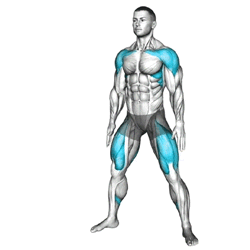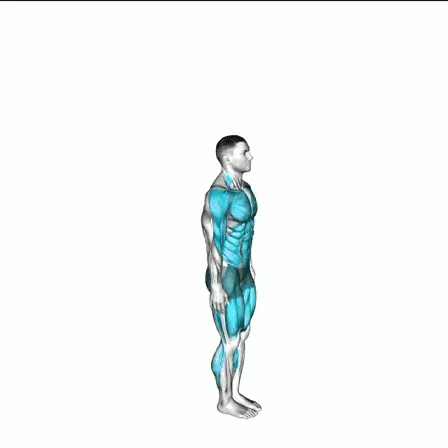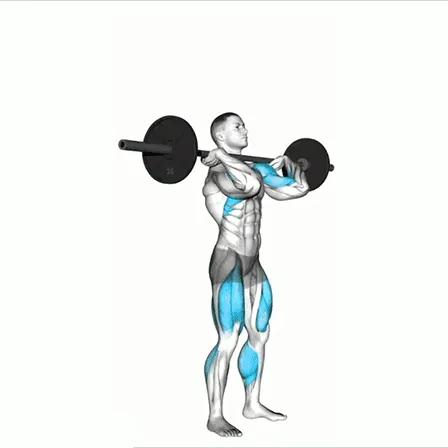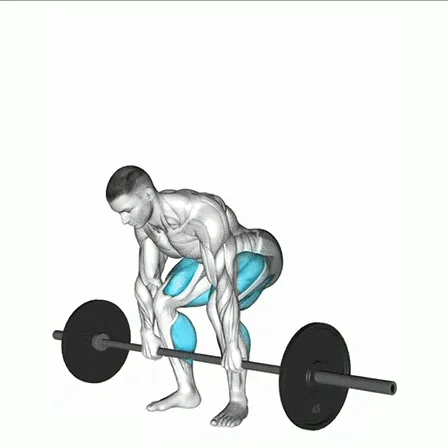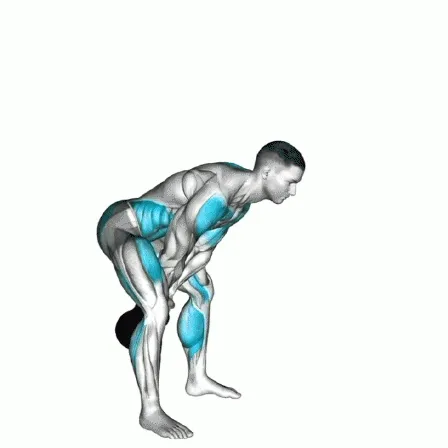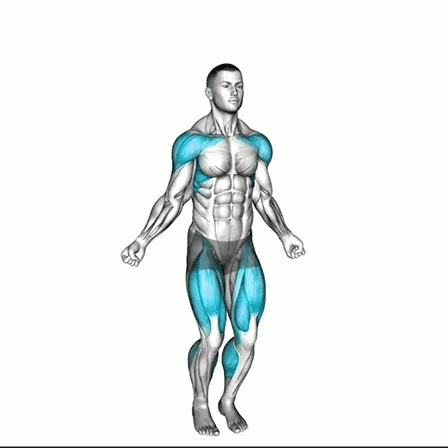Air Squat: A Beginner’s Guide
Air squats are one of the most effective bodyweight exercises for building strength, stability, and mobility. They are a foundational movement that targets your legs and core while also improving posture and balance. Whether you’re a beginner looking to improve fitness or someone wanting to perfect form before moving to weighted squats, the air squat is an excellent place to start.
What is an Air Squat?
An air squat is a squat performed without added resistance or weights. It focuses on proper movement mechanics, teaching you how to engage your hips, glutes, hamstrings, and quadriceps in harmony. Air squats are not only a beginner-friendly exercise but also an essential warm-up and conditioning movement for athletes.
Step-by-Step Instructions
Starting Position
-
Stand with your feet slightly wider than shoulder-width apart.
-
Point your toes outward about 10–20 degrees.
-
Keep your chest lifted, shoulders back, and core tight.
-
Maintain a neutral spine (avoid arching or rounding).
-
Extend your arms straight out in front for balance or place them on your hips.
Initiating the Squat
-
Push your hips back as if sitting into a chair.
-
Bend your knees and lower your body while keeping weight on your heels.
-
Ensure your knees track in line with your toes (do not let them cave inward).
-
Keep your chest upright and eyes forward or slightly up.
-
Lower until your thighs are parallel to the ground, or lower if mobility allows.
Depth
-
Aim for hips to go just below your knees — this is known as “breaking parallel.”
-
The deeper the squat, the more muscle activation (glutes, hamstrings, quads).
-
Only go as low as your form and mobility allow to prevent injury.
Rising
-
Push through your heels and mid-foot to stand back up.
-
Keep your chest tall and core engaged.
-
Straighten knees and hips at the top without overextending.
End Position
-
Stand fully upright but avoid locking your knees.
-
Reset before performing the next squat if needed.
Tips for Perfecting Your Air Squat
Warm-Up and Mobility
Warm up your ankles, hips, and spine before squatting. Limited mobility in these areas often restricts squat depth and may cause poor form.
Core Engagement
Brace your core before lowering. This helps protect your lower back and improves stability.
Use a Box for Depth Training
If depth is a challenge, place a box or bench behind you. Squat down until you lightly touch the box — this teaches proper hip flexion.
Controlled Descent
Lower your body in a slow, controlled motion instead of dropping quickly. This increases muscle activation and reduces injury risk.
Breathing Technique
Inhale as you descend, exhale as you push back up. Controlled breathing improves stability and core pressure.
Mobility Work
Work on ankle dorsiflexion and hip flexibility with stretching and foam rolling. This will help you squat deeper over time.
Progression
Start with box squats if you’re a beginner. You can progress by adding light weights like a medicine ball or kettlebell for balance and strength.
Feet Position
Experiment with slightly wider or narrower stances, but always ensure knees track in line with toes for safe alignment.
Benefits of Air Squats
-
Strengthens lower body muscles (quads, hamstrings, glutes).
-
Improves joint flexibility and mobility.
-
Enhances balance and coordination.
-
Builds endurance for higher-rep training.
-
Serves as a foundation for advanced squats like goblet, front, or back squats.
The air squat may look simple, but mastering it can significantly improve your overall fitness. By focusing on form, mobility, and progression, you’ll strengthen your lower body while preparing yourself for more advanced strength training. Whether you’re exercising at home, at the gym, or warming up before a heavy lifting session, air squats are a must-have in your workout routine.
